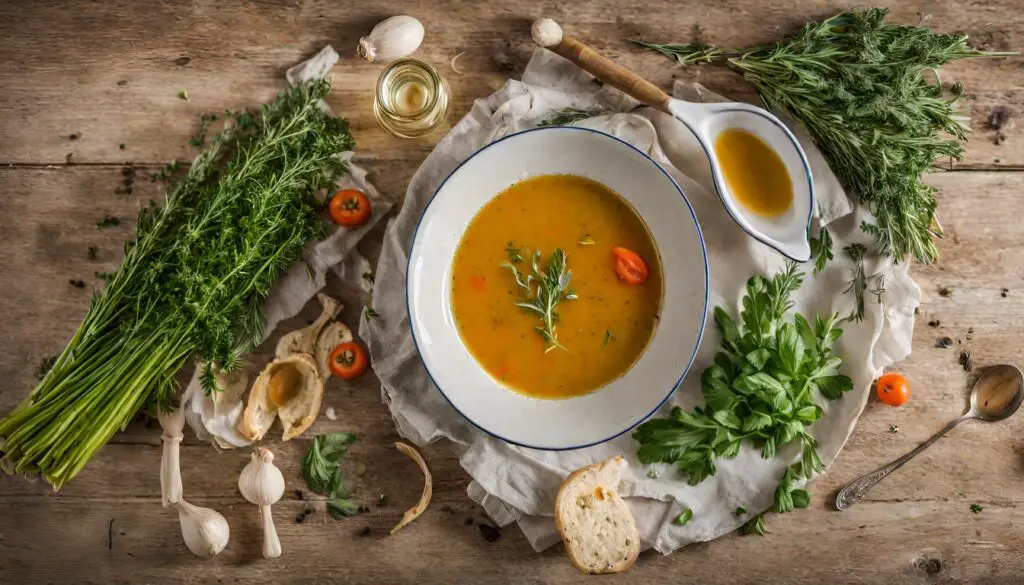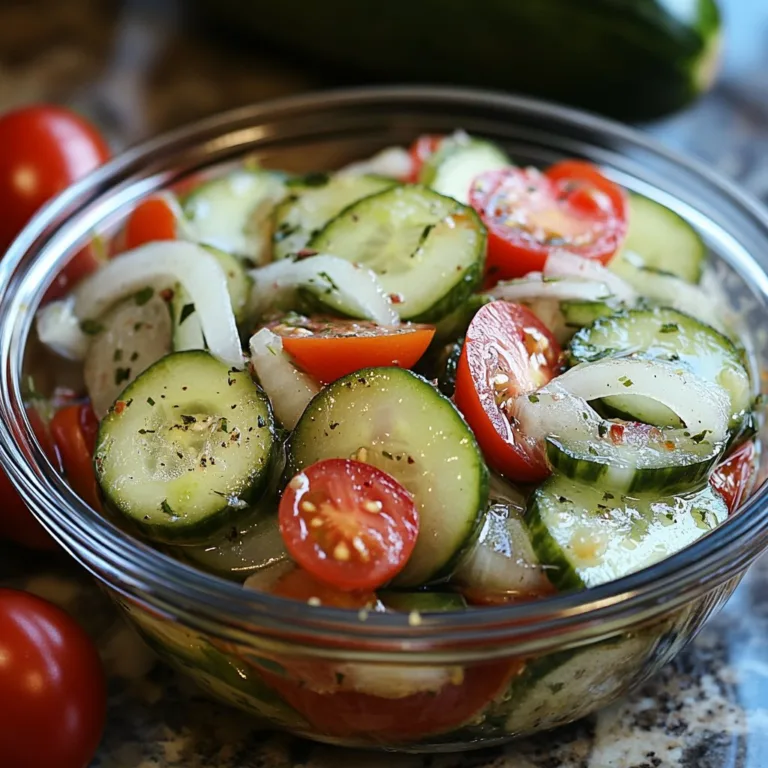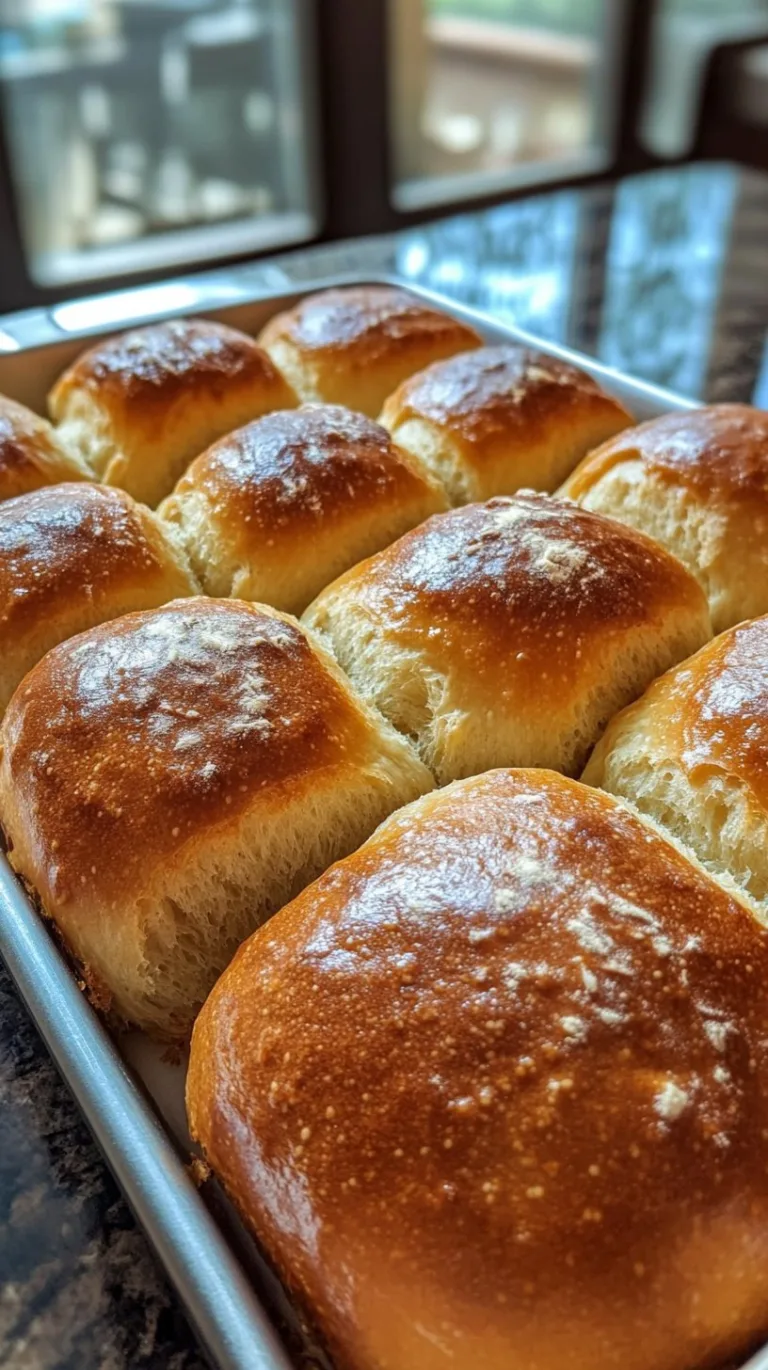Introduction To Italian Penicillin Soup
Italian Penicillin Soup, known as ‘Zuppa Penicillina Italiana,’ conjures up a vivid tapestry of comfort, warmth, and tradition. This culinary treasure, steeped in centuries of history, originates from the very heart of Italy and has graced the tables of Italian households for generations. Often affectionately referred to as the Italian counterpart of chicken soup, it has earned its reputation for its remarkable healing properties and its innate ability to provide solace to the soul. The time-honored recipe, passed down through the annals of time, encapsulates the very essence of home-cooked goodness. Consequently, it transcends being merely a dish—it transforms into a heartfelt celebration of Italian culinary heritage.

Ingredients
The foundation of Italian Penicillin Soup is its simplicity and the use of fresh, quality ingredients. The list includes staples like garlic, onions, carrots, celery, and herbs like thyme and rosemary, which are easily found in any kitchen. The beauty of this soup is in its versatility; you can add or substitute ingredients based on availability or dietary preferences. For a heartier version, some add chicken or beef, while vegetarians can enjoy a robust flavor with a variety of beans and leafy greens.
Italian Penicillin Soup Recipe
Ingredients:
- Olive oil – 2 tablespoons
- Garlic – 3 cloves, minced
- Onion – 1 large, chopped
- Carrots – 2, peeled and diced
- Celery – 2 stalks, diced
- Fresh thyme – 1 tablespoon, chopped
- Fresh rosemary – 1 tablespoon, chopped
- Chicken or vegetable broth – 8 cups
- Bay leaves – 2
- Salt and pepper – to taste
- Cannellini beans – 1 can (15 oz), rinsed and drained (optional for vegetarian version)
- Pasta or rice – 1 cup (optional)
- Fresh parsley – for garnish
- Grated Parmesan cheese – for serving (optional)
Instructions:
-
Prepare the Vegetables:
- Start by preparing your vegetables. Peel and dice the carrots, chop the celery, and finely mince the garlic. Chop the onion into medium-sized pieces.
-
Sauté the Base:
- Heat olive oil in a large pot over medium heat. Add the minced garlic and chopped onion, sautéing until the onion becomes translucent and the garlic is fragrant, about 3-4 minutes.
-
Add Vegetables and Herbs:
- Stir in the diced carrots and celery. Cook for another 5 minutes, allowing the vegetables to soften slightly.
- Add the chopped fresh thyme and rosemary, stirring them into the mixture to release their flavors.
-
Pour in the Broth:
- Add the chicken or vegetable broth to the pot. Drop in the bay leaves and bring the soup to a boil.
-
Simmer the Soup:
- Reduce the heat and let the soup simmer. Season with salt and pepper to taste. If you are using pasta or rice, add it now and cook until tender, about 10-15 minutes depending on the type used.
-
Add Beans (Optional):
- If you are including cannellini beans, add them to the pot and stir. Let the soup simmer for an additional 5 minutes to allow the beans to warm through.
-
Final Touches:
- Remove the bay leaves and adjust seasoning if necessary.
-
Serve:
- Serve hot in bowls. Garnish with fresh parsley and a sprinkle of grated Parmesan cheese, if desired.
-
Enjoy:
- Enjoy your homemade Italian Penicillin Soup with crusty bread or a light salad for a complete, comforting meal.
Cooking Tips:
- For a richer flavor, you can sauté the vegetables in a blend of butter and olive oil.
- If you prefer a thicker soup, you can puree a part of the soup and mix it back in.
- Always taste and adjust seasonings according to your preference.
- If using pasta, consider cooking it separately and adding it to individual servings to prevent it from becoming too soft in leftovers.
This Italian Penicillin Soup recipe is not just a dish but a nourishing experience, bringing warmth and comfort to any table. Enjoy the flavors and the memories it creates!
Health Benefits Of Italian Penicillin Soup
This soup isn’t just a treat for your taste buds; it’s a boon for your health. Rich in vitamins and minerals from its vegetable content, it’s an immune system booster—perfect for battling colds and flu. The garlic and onions provide potent antioxidants, while the broth is soothing for the throat and digestive system. For those seeking a nutritious meal that doesn’t compromise on flavor, Italian Penicillin Soup is the perfect choice.

Italian Penicillin Soup Preparation Steps
Creating this masterpiece in your kitchen is a journey of love and simplicity. Start by sautéing the onions and garlic to release their flavors, then add the vegetables, cooking them until they’re just right—not too soft, not too crunchy. The herbs and spices are then introduced, marrying with the vegetables to create a symphony of flavors. The broth, the soul of the soup, is added last, simmering everything to perfection. The key is patience; let the soup cook slowly to allow the ingredients to infuse their magic.
Serving Suggestions
Serving Italian Penicillin Soup is an art. Garnish with fresh herbs, a sprinkle of Parmesan cheese, or a drizzle of olive oil to elevate the dish. Accompany it with crusty bread or a light salad for a complete meal. Serve it in a deep bowl, letting the vibrant colors and steamy aroma entice your senses before the first spoonful.
Variations of the Italian Penicillin Soup Recipe
From Milan to Sicily, every region has its twist on this classic. Some add pasta or rice, while others prefer a thicker, stew-like consistency. The vegan and vegetarian versions are just as hearty, using vegetable broth and an array of beans for protein. Experimenting with different ingredients allows you to personalize the soup to your taste while staying true to its Italian roots.
Pairing Italian Penicillin Soup with Wines and Beverages
Selecting the right beverage can be the key to elevating the flavors of your Italian Penicillin Soup. A light and crisp white wine, such as Pinot Grigio, is an excellent choice that pairs beautifully with the soup’s subtle nuances. However, if you prefer a non-alcoholic option, consider sparkling water with a refreshing slice of lemon. The ultimate goal here is to complement, rather than overpower, the soup’s delicate and comforting flavors.
Pairing with Desserts
After enjoying the warm, soothing embrace of the Italian Penicillin Soup, why not indulge in a sweet note? Consider pairing it with a slice of Protein Banana Bread, a wholesome and delightful dessert that complements the soup perfectly. For those who prefer a more decadent dessert, the Philadelphia Cheesecake offers a creamy delight that’s hard to resist.
Italian Penicillin Soup Storage and Reheating Tips
Italian Penicillin Soup, with its rich flavors and wholesome ingredients, is a fantastic dish for preparing ahead of time. Whether you’ve made a large batch to enjoy throughout the week or you’re looking to save leftovers, proper storage and reheating are key to maintaining its taste and quality.
Italian Penicillin Soup Storage Tips:
-
Cooling Before Storage:
- Ensure that the soup has cooled down to room temperature before storing. Storing it while still hot can lead to condensation, which might dilute the flavors and encourage bacterial growth.
-
Refrigerator Storage:
- In the refrigerator, the soup should be stored in an airtight container. This helps to maintain its freshness and prevents the soup from absorbing odors from other foods in the fridge. Properly stored, the soup can last for up to 4 days.
-
Freezing for Longevity:
- For longer storage, freezing is an excellent option. Pour the cooled soup into freezer-safe bags or containers. Leave a little space at the top as the soup will expand when frozen. Frozen Italian Penicillin Soup can last for up to 3 months. To prevent freezer burn, ensure that the container is sealed tightly.
-
Portioning:
- Consider freezing the soup in individual portions. This makes it easier to thaw and reheat only what you need, reducing waste and preserving the quality of the soup.
-
Labeling:
- Don’t forget to label your containers with the date of storage. This helps in tracking how long the soup has been stored and prevents it from being forgotten in the back of the freezer.
Italian Penicillin Soup Reheating Tips:
-
Thawing:
- If frozen, allow the soup to thaw in the refrigerator for several hours or overnight. This slow thawing helps maintain the texture of the ingredients.
-
Stovetop Reheating:
- The best way to reheat Italian Penicillin Soup is on the stovetop. Pour the soup into a pot and reheat it over medium heat, stirring occasionally. This ensures even heating and helps to retain the flavors.
-
Microwave Reheating:
- For a quicker option, you can use the microwave. Place the soup in a microwave-safe bowl, cover it with a microwave-safe lid or plastic wrap, and heat it in intervals, stirring in between, until it’s thoroughly heated.
-
Adding Liquid:
- When reheating, you might find that the soup has thickened. Feel free to add a little water or additional broth to reach your desired consistency.
-
Avoid Boiling:
- Try not to let the soup boil vigorously when reheating, as this can break down the vegetables and alter the texture.
-
Checking Temperature:
- Ensure that the soup reaches a safe temperature of 165°F (74°C). This is especially important if the soup contains meat.
-
One-Time Reheat:
- Only reheat the amount of soup you plan to consume. Repeatedly reheating the soup can degrade its quality and potentially lead to food safety issues.
By following these storage and reheating tips, you can enjoy your Italian Penicillin Soup with the same delightful taste and comforting warmth as when it was freshly made. Whether enjoying a cozy meal at home or planning meals for the week, these tips ensure that your soup remains a nourishing and satisfying choice.
The Cultural Significance Of Italian Penicillin Soup
This soup is more than food; it’s a testament to Italian culture and family values. In Italy, food is about community, love, and sharing. This soup, often served during family gatherings, carries with it stories and memories, making it a dish that nourishes both body and soul.
Testimonials and Reviews
Across Italy and beyond, those who have tasted this soup speak of its comforting and restorative qualities. Many describe it as a reminder of home, while others appreciate its rich, layered flavors. Chefs and home cooks alike praise its versatility and ease of preparation.
Nutritional Breakdown of Italian Penicillin Soup
For the health-conscious, Italian Penicillin Soup is a nutritional powerhouse. It’s low in calories but high in fiber, vitamins, and minerals. The vegetables provide a range of health benefits, from boosting immunity to aiding digestion. This soup is a guilt-free pleasure that satisfies both hunger and nutritional needs.
Comparison Italian Penicillin Soup with Other Soups
While there are many soups that claim healing properties, Italian Penicillin Soup stands out for its unique blend of flavors and ingredients. Compared to other traditional soups like Minestrone or French Onion, it offers a distinct taste profile that is both hearty and soothing, making it a unique addition to the global soup repertoire.
Italian Penicillin Soup Tips for Beginners
Don’t be intimidated by the prospect of cooking this soup. Start with fresh ingredients and follow the steps patiently. Remember, the best dishes are made with love and care, so take your time and enjoy the process. Even if you’re a novice in the kitchen, this soup is forgiving and adaptable, making it a great starting point for budding cooks.
FAQs on Italian Penicillin Soup
Why do they call it Italian penicillin?
Italian Penicillin is affectionately known as a colloquial name for certain traditional Italian soups, most notably those akin to the classic chicken soup. Importantly, this nickname stems from the soup’s well-earned reputation as a healing and comforting dish, particularly during the cold and flu season. Furthermore, the term “penicillin” in this context serves as a nod to the soup’s perceived medicinal properties, somewhat similar to the antibiotic penicillin, renowned for its healing capabilities. Moreover, the warmth, the steam, and the nutritious ingredients such as garlic, onions, and broth are believed to provide significant relief from symptoms of colds and respiratory infections. Consequently, it’s a term of endearment that emphatically highlights the soup’s vital role in Italian home remedies and family care.
What is Pastino?
Pastino is a term used in Italian cuisine to refer to small-sized pasta, often used in soups and broths. The word “pastino” literally translates to “little pasta” in Italian. Pastino comes in various shapes, such as stars, rice shapes, tiny tubes, or even small spheres. This type of pasta is especially popular in soups served to children or in light, brothy soups where larger pasta shapes would be too overwhelming. Its small size allows it to cook quickly and absorb the flavors of the soup effectively, making it a beloved ingredient in many Italian households.
Where is pastina from?
Pastina, like many pasta varieties, originates from Italy. It is a staple in Italian cuisine, particularly in the context of home cooking and comfort foods. Pastina has a long history in Italian culinary traditions, often associated with childhood and the comforting meals prepared by parents or grandparents. As a classic ingredient in Italian kitchens, pastina is not just a food item but a part of the cultural fabric, evoking nostalgia and warmth in its simplicity and versatility.
Does Barilla make pastina?
Yes, Barilla, one of the most well-known pasta brands globally and a significant player in the Italian pasta market, produces pastina. Barilla offers a variety of pastina shapes, catering to both traditional recipes and the preferences of different consumers. Their pastina line is popular for its quality and adherence to traditional Italian pasta-making standards. Being a readily recognizable brand, Barilla’s pastina is widely available in many countries, allowing people worldwide to incorporate this quintessential Italian pasta into their cooking.
Can I use a slow cooker for this soup?
Absolutely! A slow cooker can be an excellent way to let the flavors meld together.
What are some common allergens in this recipe?
The primary allergens could be gluten from pasta or bread and dairy from the Parmesan cheese, but these can be easily substituted.
How can I make this soup gluten-free?
Simply use gluten-free pasta or omit it entirely, and ensure your broth is gluten-free.
Is Italian Penicillin Soup suitable for freezing?
Yes, it freezes very well. Just make sure to cool it completely before freezing.
Can I add meat to this traditionally vegetarian soup?
Yes, chicken is a popular addition for a non-vegetarian version of the soup.







